- Quick Read: Glycerine for seborrheic dermatitis? Explore various methods like soaps, direct application, rinses, and even tongue scrubs.
- Mixed Results: Effectiveness varies greatly. What works for some, doesn’t for others.
- Soap Switch: Glycerine soap might soothe initially but can become drying.
- Direct Application: Likely worsens seborrheic dermatitis due to increased skin fat.
- Water Rinses: May soothe redness but can leave skin greasy, possibly worsening the condition.
- Rose Water Combo: Potentially the best method, offering a balance of moisture and cooling, though untested in this article.
- Cleanser Addition: Generally not recommended, can make cleanser gooey and worsen symptoms.
- Tongue Scrub Success: Highly effective for treating white tongue (thrush) often co-existing with seborrheic dermatitis.
- Final Verdict: Glycerine’s success is inconsistent for seborrheic dermatitis itself, but it’s a cheap and accessible option to try, and useful for related issues like thrush.
Some online forums and message boards discuss using glycerine or glycerine-containing products to treat seborrheic dermatitis. However, investigations and user experiences reveal inconsistent results. Individual responses vary significantly, and the methods discussed are diverse. Below is an overview of different approaches for treating seborrheic dermatitis with glycerine, culminating in a conclusion based on personal experience and reported feedback.
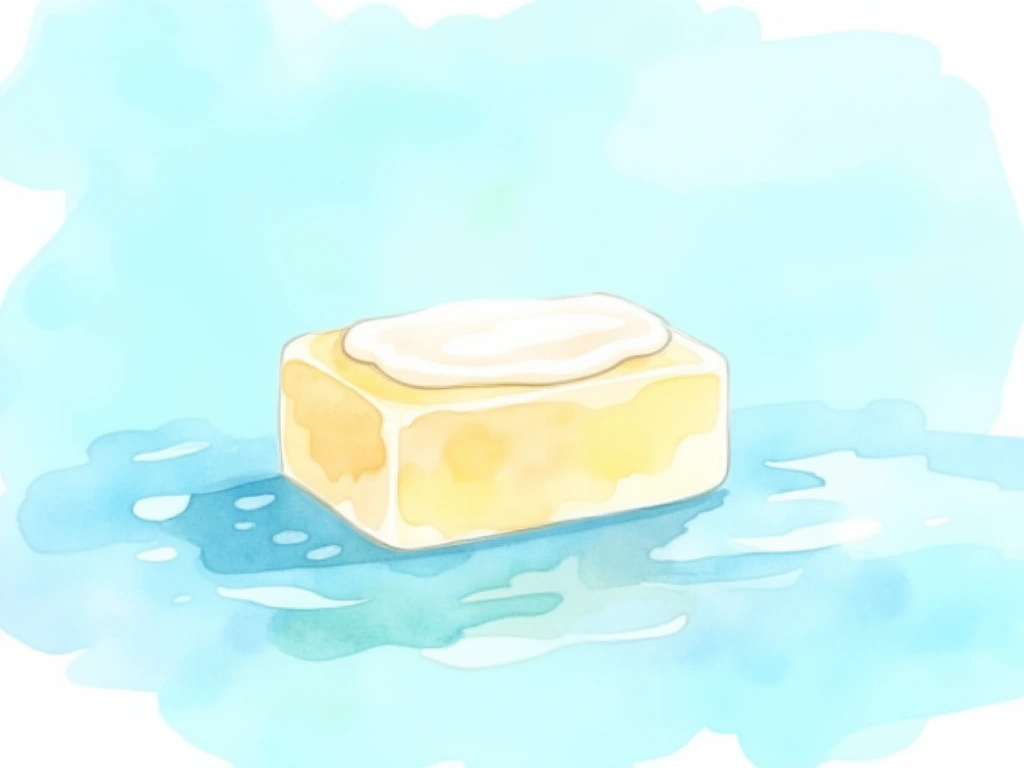
Using Glycerine Soap for Seborrheic Dermatitis
Switching to natural soap rich in glycerine is a popular approach for managing seborrheic dermatitis. The rationale is that many conventional commercial soaps contain ingredients that can irritate sensitive skin.
When I tested glycerine-rich natural soap to combat my seborrheic dermatitis, the initial outcomes were a mixed bag. Initially, the soap seemed to calm and soothe my skin, providing a moisturizing effect. However, over time, the soap became drying, paradoxically leading to increased skin flaking.
Ultimately, this method proved ineffective for me and many others who shared similar disappointments in online comments. However, glycerine-rich natural soap might be worth considering if you suspect your regular store-bought soap is exacerbating your seborrheic dermatitis.
Glycerine-rich natural soaps are widely available in most supermarkets, often labeled simply as “glycerine soap.” When choosing, prioritize soaps with minimal ingredients (ideally no more than 3) and avoid added fragrances to minimize potential irritation.
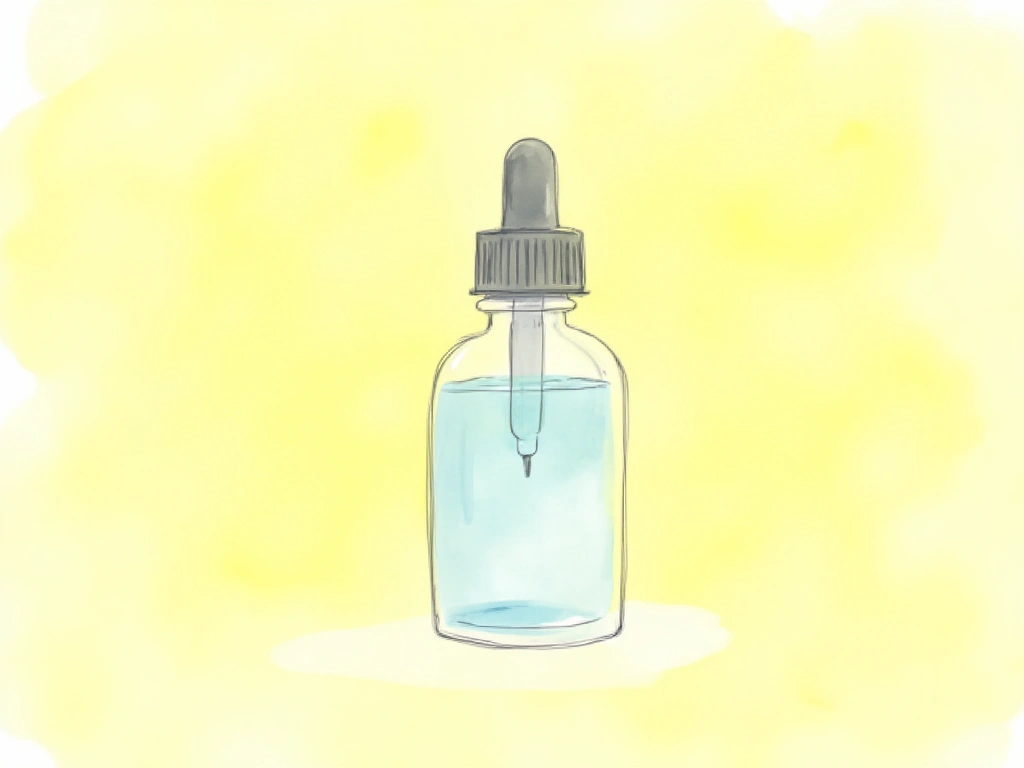
Direct Application of Glycerine for Seborrheic Dermatitis
Another method explored by individuals seeking relief from seborrheic dermatitis is the direct application of pure glycerine to affected skin areas. Glycerine is readily available in supermarkets and is commonly used to soothe skin burns.
Unfortunately, my experience, along with feedback from others who attempted this, indicates poor results. Direct application of glycerine typically seemed to worsen the greasy deposits associated with seborrheic dermatitis and amplified skin redness.
Current research highlights that the Malassezia yeast, believed to play a significant role in seborrheic dermatitis, thrives on skin surface fats. Increased fat presence can worsen or accelerate the condition because it serves as a primary food source for this yeast.
Despite glycerine’s known skin-healing properties in other contexts, it appears to be an unsuitable choice for directly treating seborrheic dermatitis due to its potential to increase skin surface lipids.
Vegetable Glycerine vs. UPS Glycerine: Is There a Difference for Seborrheic Dermatitis?
Online reviews, particularly on platforms like Amazon, often debate the merits of vegetable-based glycerine over animal-based glycerine, with some claiming vegetable glycerine is superior. Having tested both, I found no discernible difference in their effects on seborrheic dermatitis. However, if you avoid animal products or have ethical concerns about animal-derived ingredients, be aware that most UPS Glycerine is animal-based. Always check product labels to confirm the source.
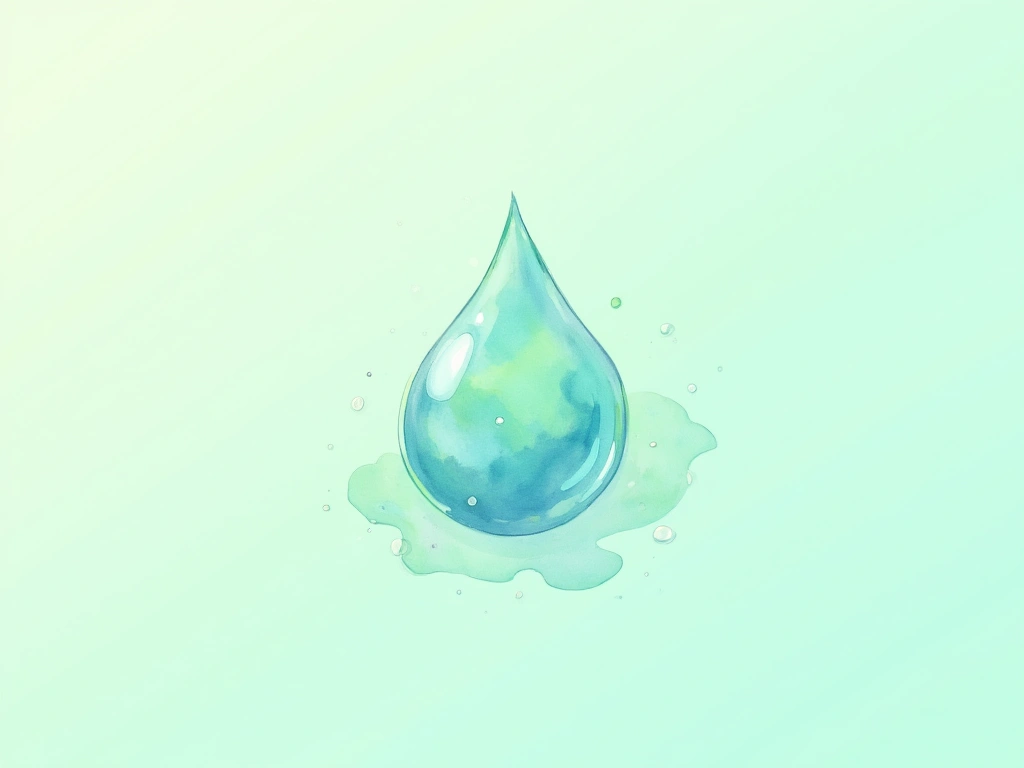
Glycerine Water Rinses for Seborrheic Dermatitis Relief
Given glycerine’s effectiveness in treating sunburned skin, I was motivated to explore another approach: glycerine water rinses. While direct application of pure glycerine proved problematic, online suggestions pointed to diluting glycerine as a gentler method for sensitive skin affected by seborrheic dermatitis.
I experimented with mixing glycerine with equal parts of boiled water and using this solution as a skin rinse. While this method seemed promising in theory, the practical results were disappointing, showing minimal impact on controlling seborrheic dermatitis symptoms.
The glycerine rinses did offer some temporary soothing of skin redness. However, they left the skin feeling greasy and ultimately seemed to exacerbate the seborrheic dermatitis in the long run. In the end, it was unclear whether this rinse method was any better or worse than applying pure glycerine directly and leaving it on the skin.
Rose Water and Glycerine Rinses for Seborrheic Dermatitis
Another popular approach for utilizing glycerine’s moisturizing and soothing properties involves combining it with rose water. A common formula uses an 8:1 ratio of rose water to glycerine, and pre-mixed solutions are commercially available.
Among the glycerine methods discussed, this rose water and glycerine combination appears to hold the most potential and receives positive feedback from skincare enthusiasts for general skin hydration and soothing. However, due to my previous unsuccessful experiences with glycerine for seborrheic dermatitis, I did not personally test this specific solution.
Based on my accumulated knowledge of glycerine in skincare, this rose water and glycerine mix might indeed be the most beneficial way to use glycerine. The dilution with rose water could mitigate the greasiness, potentially offering a better balance of moisture and gentle cooling effects. If you decide to try this solution, your feedback in the comments below would be valuable!
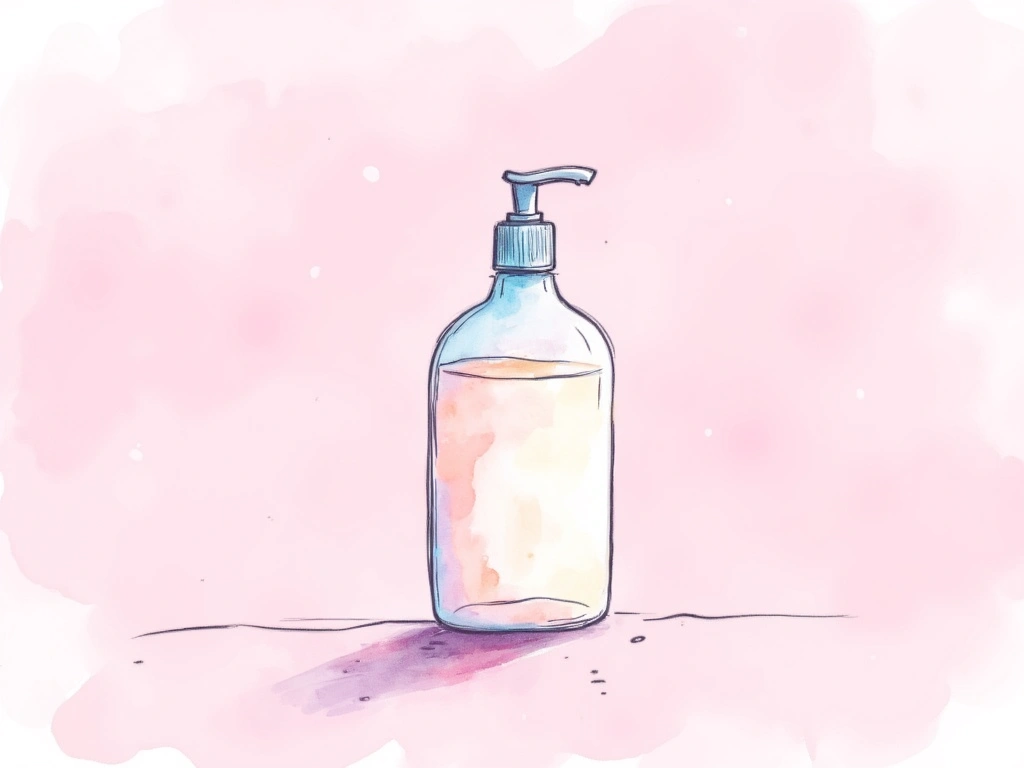
Adding Glycerine to Your Daily Cleanser for Seborrheic Dermatitis
Incorporating glycerine into your regular daily cleanser is another simple method some suggest for moisturizing skin affected by seborrheic dermatitis. The primary appeal of this approach is its ease of integration into an existing skincare routine.
However, my attempts with this method yielded poor results. Adding glycerine significantly altered the consistency of my cleanser, making it unpleasantly gooey. After rinsing, my skin felt greasy and unclean. Furthermore, practically every use led to increased stinging and redness of the seborrheic dermatitis areas.
The negative outcome could be due to an incompatible interaction between glycerine and my specific cleanser formulation, or it might indicate that this combination is generally unsuitable for seborrheic dermatitis management. Further investigation would be needed to determine the precise cause of the adverse reaction.

Using Glycerine as a Tongue Scrub to Treat Coexisting Thrush (White Tongue)
My most successful application of glycerine was actually as a tongue treatment. Like many individuals with seborrheic dermatitis, I also experienced a white coating on my tongue, indicative of oral thrush. While this white coating was asymptomatic, it was aesthetically undesirable.
Inspired by a detailed online post advocating glycerine tongue brushing, I decided to try it. The results were immediately impressive. After just one application, the white coating visibly diminished and stayed away for almost the entire day.
This glycerine tongue scrub not only addressed the white tongue but also effectively freshened breath. I used approximately 100ml of glycerine for this purpose over a period of time, and it consistently removed the white coating. However, I eventually discontinued this treatment after addressing the underlying cause of the thrush itself.
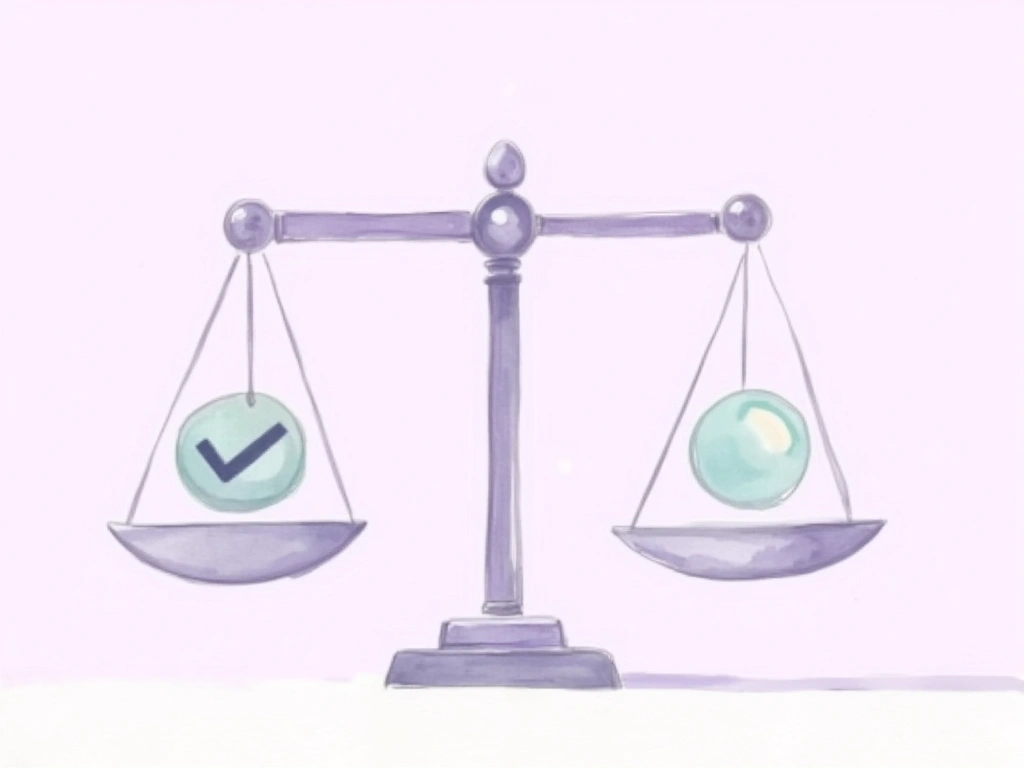
My Overall Experience with Glycerine for Seborrheic Dermatitis
Initially, glycerine seemed promising based on positive online reviews and personal testimonials from individuals using it for seborrheic dermatitis. However, my repeated attempts to use glycerine directly for seborrheic dermatitis consistently fell short of expectations and did not provide a solution for my seborrheic dermatitis.
Despite the lack of success in treating seborrheic dermatitis directly, glycerine did prove to be a valuable tool in managing a related symptom. While it didn’t resolve the seborrheic dermatitis itself, its effectiveness in treating the co-occurring white tongue (thrush) offered a tangible benefit and improved my daily comfort while I continued to address the underlying skin condition.

Final Thoughts: Treating Seborrheic Dermatitis with Glycerine
As detailed above, using glycerine to treat seborrheic dermatitis produces highly variable results. Glycerine is inexpensive and readily accessible, making it an easily試してみる option.
If you haven’t yet explored glycerine, it might be worth trying to see if it offers relief for your seborrheic dermatitis. It could potentially be the simple solution you need. However, if your attempts to treat seborrheic dermatitis with glycerine are unsuccessful, remember that glycerine has other beneficial applications, such as effectively managing oral thrush.
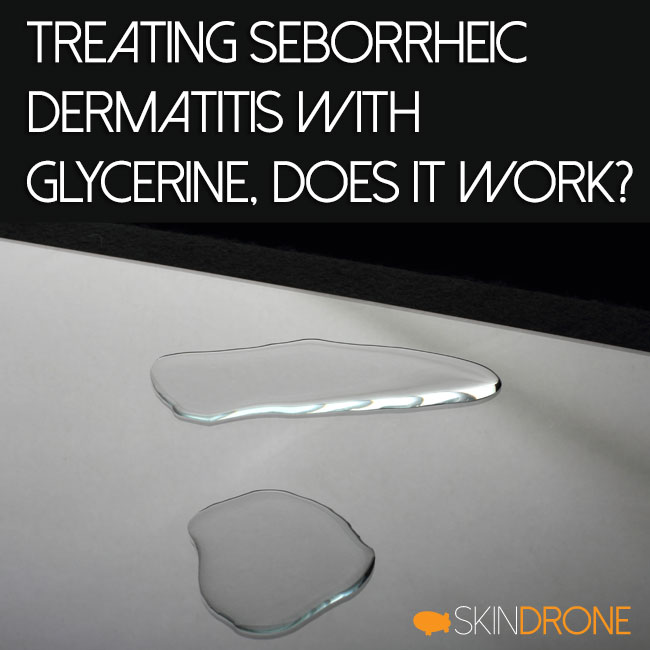
very awkward is that if you use glycerine and give a break of 2 to 3 days and use it and than again the break… if you give that space in between in will help optimal. but if you do it each day indeed it will worsen. Its with many products with SD. With glycerine you need to give space…
Reply PermalinkYou state that you stopped glycerin mouthwash after discovering the cure for white tongue. What was it?
Reply PermalinkHi Gabe,
My white tongue disappeared once I got rid of the tonsillitis I unknowingly had.
However, also some people’s tongues are simply more suitable for bacteria and the white tongue naturally occurs after food consumption.
Hope that helps and best of luck.
Reply PermalinkMichael thank you for the reply! I have scalp and facial SD, and ‘white tongue’. My tongue seems to have long papillae and a coating - more of a yellow or light brown color. I have been prescribed anti fungal dissolving tablets Clotrimazole and Nystatin, as well as OTC zinc lozenges - and also spent considerable money on various tongue gels, sprays, brushes and scrapers all with zero to minimal results. Imagine my delight when I experienced an almost total relief and vanishing of the coating within a week of using a $ 1.98 bottle of hydrogen peroxide, recommended by a grocery store clerk. I was mixing it with 50 % water and swishing it in my mouth for at least a minute as directed on the bottle, but my dentist warned that it can dry the gums, so now I’m trying direct tongue application with a soft brush. I ordered some Biom8 and am optimistic that it might work for my SD like hydrogen peroxide did for my coated tongue! Thank you,
Reply PermalinkGabe
Hi Gabe,
Sorry for the huge delay in response. Most of my time has been going toward the eBook and answeirng one on one emails from the BIOM8 website.
Thanks for the suggestion regarding the hydrogen peroxide. Have recently came across it’s usage for oral hygiene as well, but didn’t really note the effect it had on my tongue (was using it for teeth whitening).In the end though it gave me really strong cotton (dry) mouth in the mornings. Made my own concoction with activated charcoal as the main ingredient and have been using this instead.
In terms of the BIOM8, saw your more recent comment as well and really happy that it worked out for you!
Crazy how something so simple can be so effective.
Wish you all the best and have a wonderful weekend.
Reply Permalink